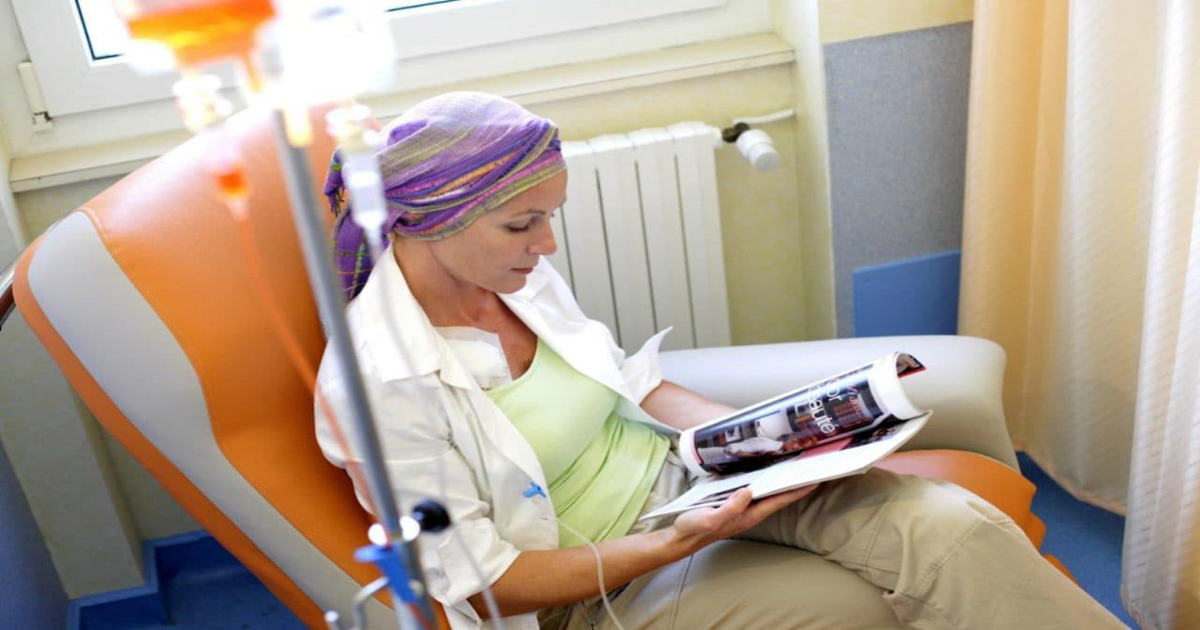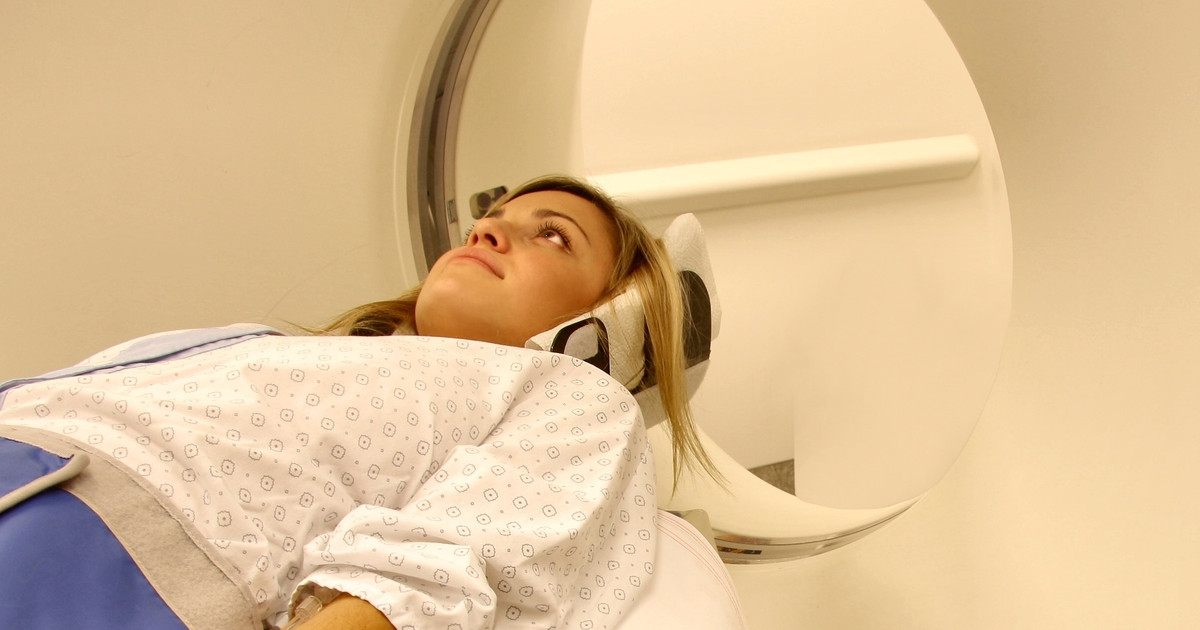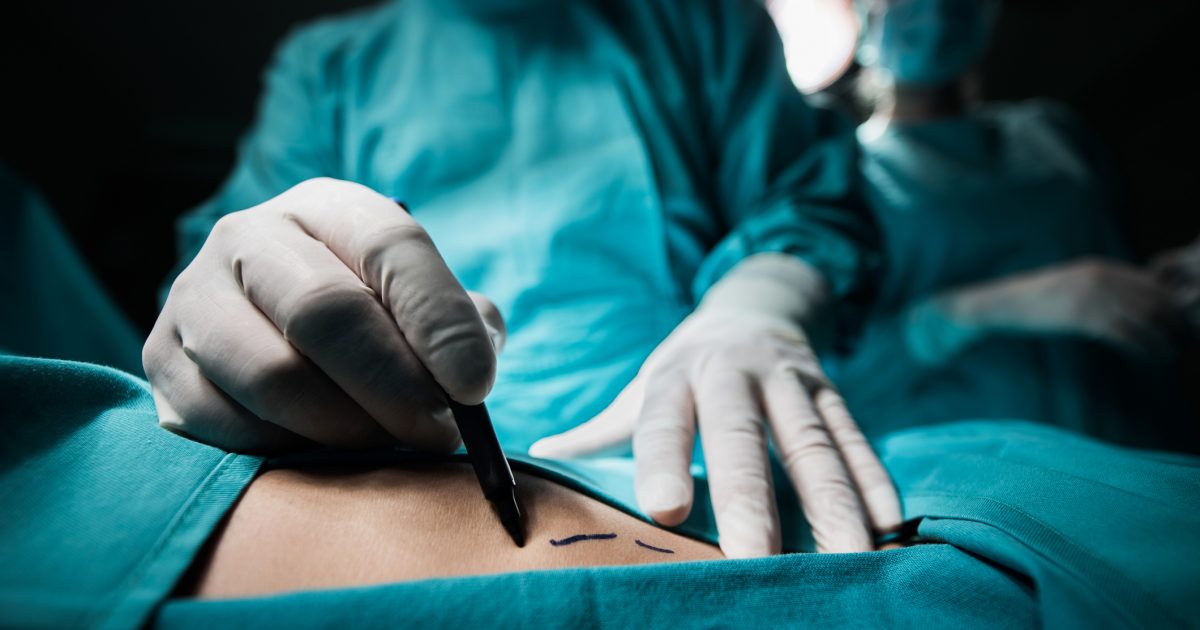Ways To Treat Kaposi's Sarcoma
Kaposi's sarcoma is cancer caused by a type of herpes virus. The most prevalent form of Kaposi's sarcoma is linked to patients with advanced human immunodeficiency virus (HIV). Lesions are the main sign of this condition, but they aren't always visible. These masses of abnormal tissue can appear on the skin or inside the body. Cancer can invade lymph nodes and organs like the lungs. The first visible sign of Kaposi's sarcoma is usually one or more red or purple patches on the skin. Lesions can spread quickly over time to various parts of the body. A weak immune system is a major risk factor and treatment depends on the patient's condition and health. Learn about the most common treatments now.
Immunotherapy

Immunotherapy, or biological therapy, treats Kaposi's sarcoma with chemicals that boost the immune system. These chemicals are produced by the body naturally but can be human-made as well. The addition of these chemicals stimulates the body to combat the cancer cells. Some of these substances are very effective in restoring the body's built-in defenses against cancer. The exact course of treatment when it comes to immunotherapy will vary from patient to patient, so detailed consultation with a doctor familiar with the patient is crucial. Side effects of immunotherapy include a high temperature, discomfort, confusion, weakness, and liver problems.
Learn about the next treatment option for Kaposi's sarcoma now.
Chemotherapy

Chemotherapy stops the growth of cancer cells by destroying them or putting a stop to their ability to divide. This type of therapy can be administered in a variety of ways, including injected into a muscle or vein, taken orally, or placed directly into tissue, an organ, body cavity, or the cerebrospinal fluid. Chemotherapy can affect cancer cells in one area or the entire body depending on the method of administration. The type of procedure used depends on the location of lesions. If they're in one particular area on the outside of the body, the intralesional method can be used.
Electrochemotherapy is a form of chemotherapy that utilizes a surgical instrument to penetrate cancerous cells with short surges of electricity. The viability of this method is being considered as a treatment for various types of Kaposi's sarcoma. It's currently being used for local lesions on the skin. The therapy can be performed intravenously for patients with extensive lesions.
Keep reading to discover more treatment options for Kaposi's sarcoma.
Radiation

Radiation is used for different types of cancer and involves a machine that aims the treatment towards the source of cancer. It can also be applied directly to the lesion. Radiation can be used in cases where the lesions are affecting the lymph nodes. This type of therapy uses various forms of energy to destroy cancerous cells and stop their growth.
Two types of radiation therapy are available to treat Kaposi's sarcoma. Internal therapy utilizes radioactive materials and positions them directly into or adjacent to the cancer. The substance is delivered through needles, catheters, and other means. External therapy treats the cancer with a machine by directing energy towards the cancer from outside of the body. The photon version provides high-energy light to the body's surface for treatment of the tumor inside the body. Energy from electron beams delivers treatment through the surface of the skin, but the energy only penetrates the outer layers of the skin instead of tissues and organs below the skin.
Get to know the next method of treatment now.
Surgery

Surgical procedures may be used to treat small lesions on the outside of the body by removing the cancerous tissue. The tumor and a tiny amount of healthy tissue can be cut away from the skin by a technique called local excision. The abnormal tissue can also be frozen and destroyed with a surgical instrument by way of a technique called cryotherapy or cryosurgery.
Another surgical method known as electrodesiccation and curettage removes the tumor by using a sharp, spoon-shaped tool known as a curette. Curettage involves scooping and scraping away the unwanted material. This process is followed by electric current being furnished to the area from a needle-shaped electrode. This treatment helps the area to heal by destroying residual cancer cells and stopping blood flow. This process may be redone a few times during the surgery to rid the area of all cancerous tissue.
Learn more about the next treatment option for Kaposi's sarcoma now.
Antivirals And Immunosuppressants

Maintaining a healthy immune system is key to the treatment of Kaposi's sarcoma. Treatment of this particular form of cancer must involve management of HIV for those patients who have it. The use of antivirals and immunosuppressants is another consideration. Immunosuppressants can be used to help the body's acceptance of a transplanted organ, but they weaken the immune system in the process. Kaposi's sarcoma patients taking immunosuppressants after an organ transplant can either lower their intake or switch to another type.
Antivirals are used to treat HIV and are very effective in the treatment of Kaposi's sarcoma when used in conjunction with chemotherapy. Patients with advanced HIV require effective treatment to reduce their HIV load to successfully treat tumors(s) caused by Kaposi's sarcoma. A treatment plan can include one of various targeted therapies and antivirals to maintain the health of the immune system and stop the spread of cancer cells.
